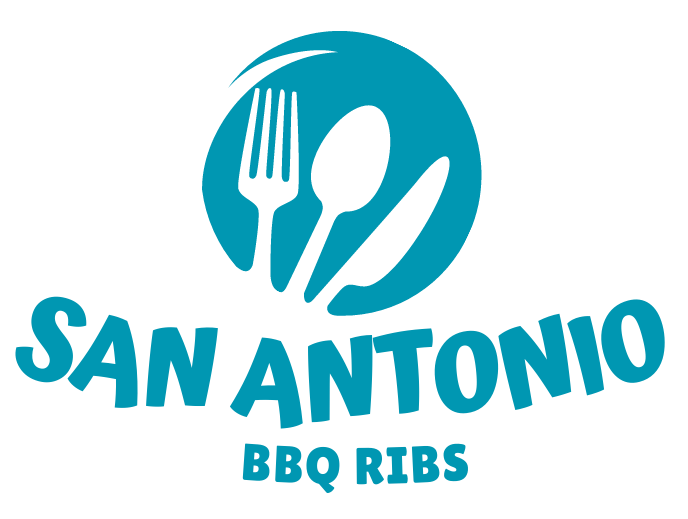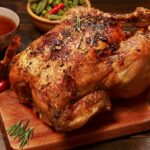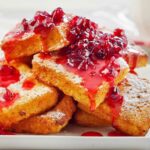Hamsters are known for their love of fruits and vegetables. However, not all foods that humans consider healthy could be safe for hamsters. Broccoli, although a highly nutritious vegetable for humans, could pose potential risks to these small animals if fed too much of it. High levels of indigestible fiber in broccoli may upset the digestive system and cause diarrhea in hamsters. Even with smaller amounts, broccoli should be introduced gradually into their diet to avoid any adverse effects. It’s best to stick to recommended vegetables specifically formulated for hamsters, such as carrots and cucumber.
Pro Tip: If you’re unsure about what types of food are safe for your hamster, consult with a veterinarian or do your research beforehand to avoid any harm to your furry friend.
Think twice before treating your hamster to some veggie goodness, unless you want to give it a case of broccoli-induced gas!
Can Hamsters Eat Broccoli?
Paragraph 1: Hamsters and Broccoli – A Risky Combination
Feeding hamsters broccoli may seem like a healthy choice, but it comes with potential risks. Hamsters are herbivores and enjoy a variety of fresh fruits and vegetables, but broccoli contains compounds that can cause digestive problems and other health issues.
Paragraph 2: Can Hamsters Eat Broccoli? – 6 Points to Consider
- Broccoli contains high amounts of oxalic acid, which can interfere with calcium absorption and lead to urinary tract problems.
- Hamsters may struggle to digest fibrous vegetables like broccoli, causing bloating and diarrhea.
- Broccoli florets can also pose a choking hazard, particularly for younger hamsters.
- While some hamsters may enjoy the taste of broccoli, it should be given in moderation as part of a varied diet.
- Cooked broccoli may be easier for hamsters to digest, but should still be served in small portions.
- It is recommended to introduce new foods gradually and monitor your hamster’s response to ensure they are not experiencing any adverse reactions.
Paragraph 3: Additional Considerations When Feeding Your Hamster
When it comes to your hamster’s diet, it is essential to provide a balanced mix of fresh fruits and vegetables, protein, and fortified pellets. In addition to broccoli, there are many other vegetables that can be added to a hamster’s diet, such as carrots, cucumbers, and kale. However, it is important to research each food before offering it to your hamster, as not all fruits and vegetables are safe for them to eat.
Paragraph 4: Suggestions for Feeding Your Hamster
To ensure your hamster stays healthy and happy, try these tips for feeding:
- Offer a variety of fresh fruits and vegetables in small portions.
- Provide fresh water and replace it daily.
- Avoid feeding sugary or high-fat foods.
- Consult with a veterinarian or pet nutritionist to create a customized diet plan for your hamster.
- Always watch your hamster while they eat to make sure they are not choking or experiencing any other issues.
Above all, prioritize your hamster’s well-being and adjust their diet as needed to keep them healthy. Looks like hamsters get all the benefits of broccoli while we suffer the consequences of their flatulence.
Benefits of Broccoli For Hamsters
Broccoli is a great veggie for hamsters to munch on. Here’s why:
- It’s packed with nutrients and vitamins that are important for their overall health.
- Broccoli can help prevent certain diseases, like cancer and heart disease.
- The fiber in broccoli can promote healthy digestion and keep your hamster feeling fuller for longer periods of time.
- Broccoli is low in calories, which makes it a great option for hamsters who need to watch their weight.
In addition, it’s important to note that broccoli should only be given to hamsters in small amounts as too much can cause stomach upset. As always, consult with your veterinarian before introducing new foods into your pet’s diet.
A little-known fact: Broccoli was first cultivated in Italy during the Roman Empire.
Feeding broccoli to your hamster is like playing Russian roulette, except the gun is filled with fiber and the bullets are gas-filled.
Risks of Feeding Broccoli to Hamsters
Hamsters are omnivores and can eat vegetables, including broccoli. However, feeding broccoli to hamsters may pose certain risks that pet owners should be aware of. Here are some potential hazards associated with feeding broccoli to hamsters:
- Broccoli is high in vitamin K, which can cause blood clotting if your hamster has a pre-existing bleeding condition.
- Broccoli contains oxalates that may cause bladder stones if consumed in large quantities.
- Consuming too much broccoli can lead to digestive issues like diarrhea and bloating in hamsters.
- Broccoli spoils easily, so it should not be kept for more than two days once it is cut or prepared.
- Fresh broccoli should be washed thoroughly to remove any excess chemicals that may be harmful to your pet.
- In rare cases, the high fiber content in broccoli may interfere with nutrient absorption in hamsters leading to malnutrition.
While broccoli is generally safe for hamster consumption, it should only be served as an occasional treat in moderation. It is best to consult a veterinarian before adding any new foods to your pet’s diet.
Pro Tip: Always introduce new foods gradually into a hamster’s diet and observe their response before giving more of it.
Broccoli for your rodent friend, but hold the cheese sauce.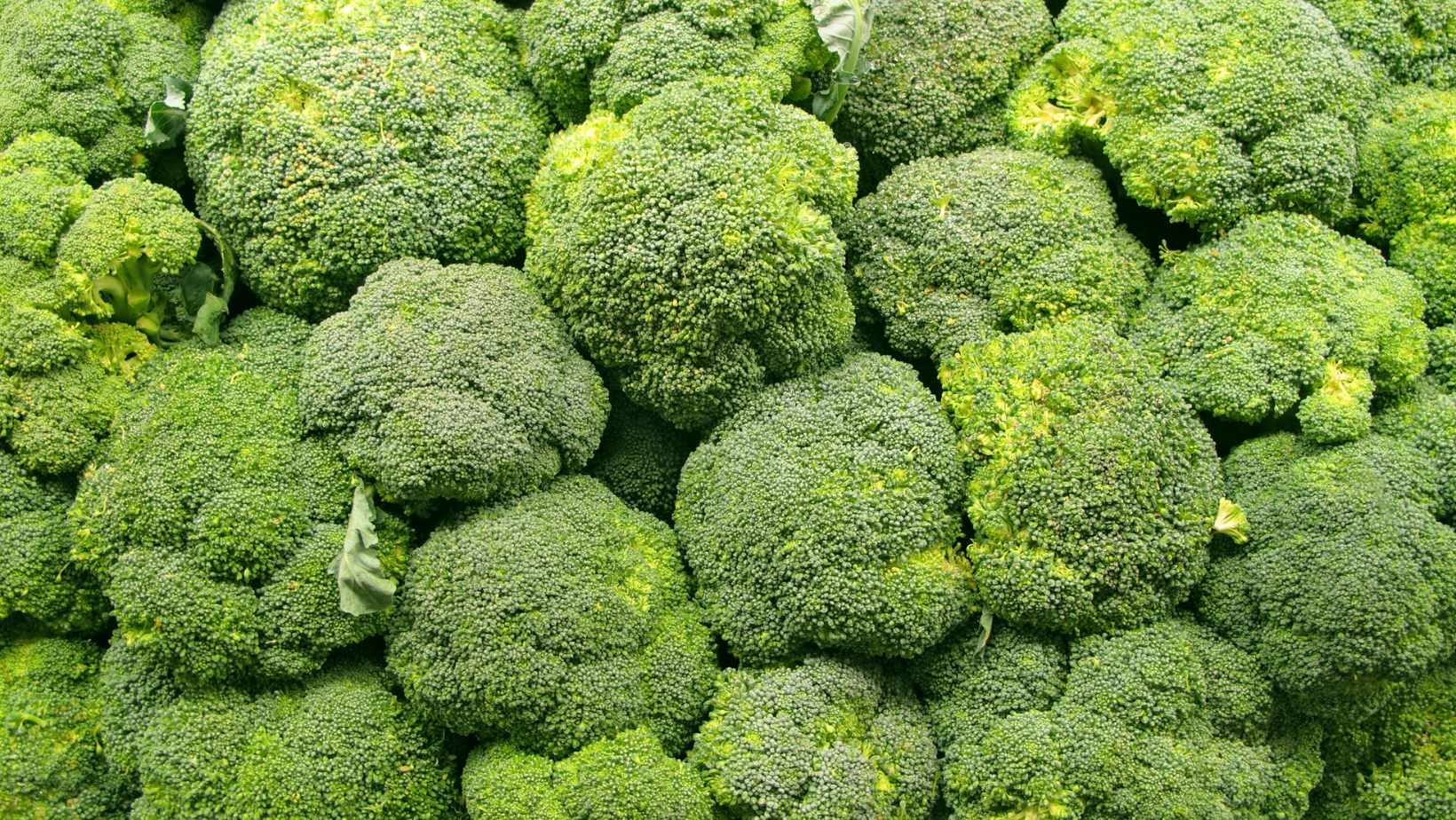
Preparing Broccoli For Hamsters
When it comes to providing broccoli to hamsters, there are several risks to consider. It is crucial to prepare broccoli appropriately to ensure it provides necessary nutrition without being harmful to the hamsters.
To prepare broccoli for hamsters, follow these six simple steps:
- Wash the broccoli thoroughly to remove any dirt or pesticides.
- Trim off the tough stem and chop the florets into bite-sized pieces.
- Blanch the broccoli in boiling water for 30 seconds to a minute to soften it and make it safe for consumption.
- Drain the broccoli in a colander and rinse with cold water to stop the cooking process.
- Dry the broccoli with a paper towel to remove excess water, and place it in a small serving dish.
- Offer the broccoli to your hamster in small quantities a few times a week.
While providing broccoli in moderation can benefit hamsters’ health, excessive intake may lead to health issues such as bloating, diarrhea, and even kidney problems. To prevent overfeeding, ensure you provide only small pieces of broccoli two to three times a week as a treat, along with a balanced diet that covers all their nutritional requirements.
A hamster owner once shared that their hamster overate broccoli, which resulted in digestive problems and a visit to the vet. After realizing the danger of overfeeding broccoli, the owner now provides small quantities as a treat and ensures their hamster has a well-balanced diet. It serves as a reminder that while broccoli can be a healthy addition to a hamster’s diet, moderation is key to prevent health issues.
Looks like feeding hamsters broccoli requires some serious chopping skills, you might as well start practicing for a future career as a sous chef.
Cutting Broccoli For Hamsters
Broccoli is a nutritious food that is safe for hamsters to consume. To prepare this vegetable for your furry friend, you must cut it into bite-sized pieces carefully.
Here’s a simple and concise three-step guide on ‘How to Cut Broccoli for Your Hamster’:
- Wash the broccoli thoroughly under running water.
- Hold the broccoli with one hand and use a knife to slice off the florets and stem, discarding any tough areas.
- Cut the florets into small, bite-sized pieces that are easy for your hamster to chew.
It’s important not to feed your hamster too much broccoli at once since it could upset its digestive system. It’s also essential not to give them broccoli sprouts or leaves since they could contain harmful toxins.
When feeding your hamster with fresh vegetables, always remember to wash them first.
Additionally, never feed cooked or frozen broccoli or any other vegetables since they may cling onto additional ingredients like salt or sauce that could endanger your pet’s health.
While preparing broccoli for my friend’s hamster (named Henry), I accidentally dropped some of the stems onto his cage floor. Surprisingly enough, instead of ignoring it, Henry started carrying off all of the fallen leaves one by one and placed them inside his den. Then he proceeded to eat every single one! It was incredible watching him enjoy his veggies so much.
Who knew broccoli could cause such a stir in the hamster culinary community? Cooking it just got a whole lot more interesting.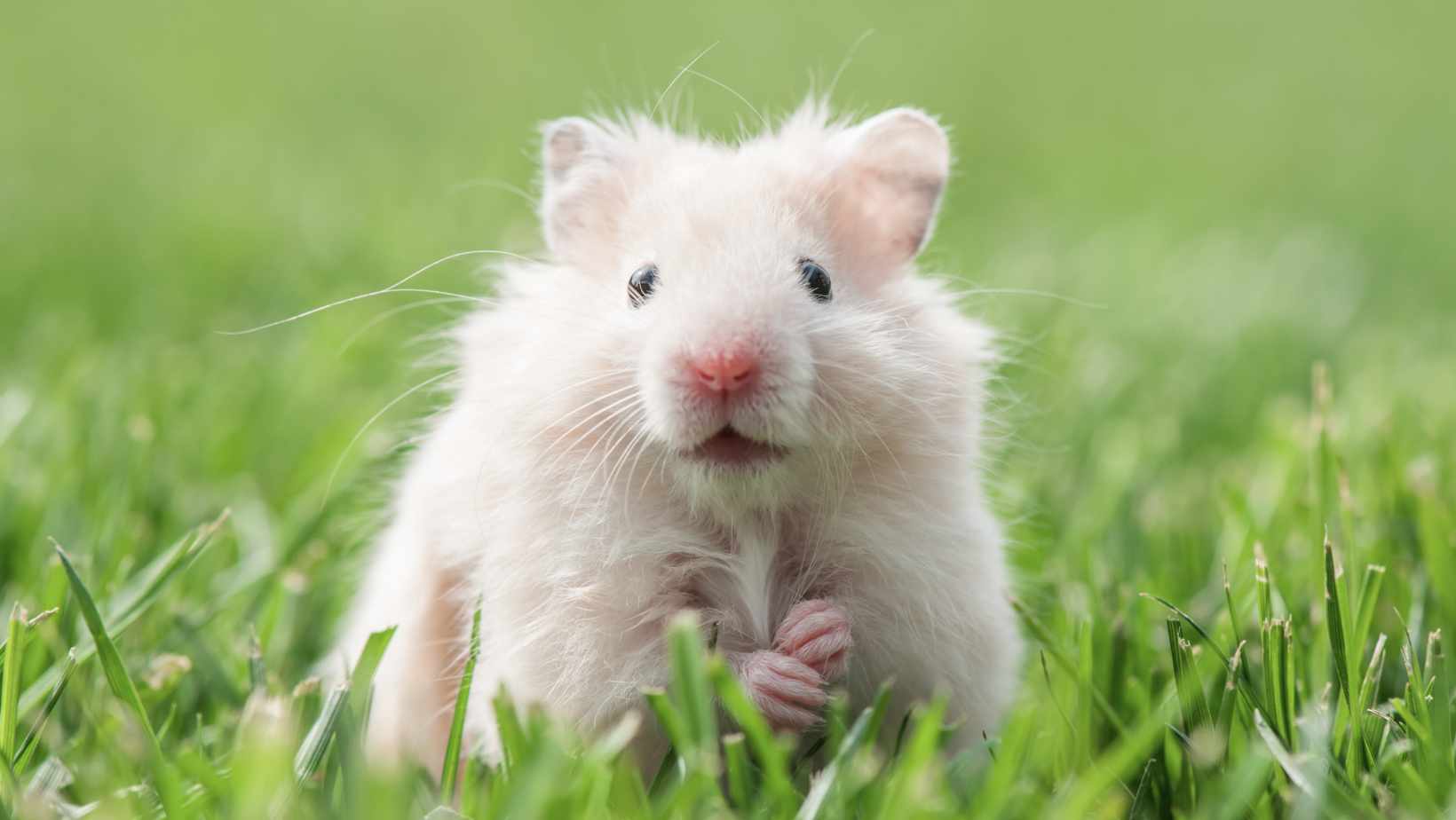
Cooking Broccoli For Hamsters
Broccoli is a great source of nutrition for hamsters, but it is essential to prepare it correctly before feeding them. Here are some guidelines to help you with preparing broccoli for your hamster:
- Wash the broccoli thoroughly under running water before cooking as it may contain harmful pesticides or dirt.
- Cut off the stems and chop the florets into small bite-sized pieces to prevent choking hazards for your hamster.
- Steam or boil the broccoli until it’s soft and tender. Avoid using salt or any seasoning as spicy food can harm their digestive system.
- Once cooked, let the broccoli cool down completely before serving it to your hamster.
By following these steps, you will be able to provide a healthy and delicious snack for your furry friend. It’s crucial to remember not to overfeed them with vegetables as they need a balanced diet which should consist mainly of pelleted food.
It might interest you to know that feeding broccoli in moderation can improve bone density due to its high calcium content. However, too much calcium intake can cause bladder stones, so it’s desirable not only to meal in balance but also provides sufficient drinking water.
Lastly, interestingly enough, there are some broccoli types that contain up ten times more of antioxidant compounds than regular broccoli. Some researchers in Germany developed this unique type through crossbreeding between a typical Italian wildflower with various cruciferous species like cabbage and cauliflower from northern Europe.
Sometimes hamsters need a break from their veggie routine, so here are some alternative snacks that won’t make them feel like they’re stuck in a broccoli rut.
Alternatives to Broccoli For Hamsters
Paragraph 1 – Hamsters require a balanced diet, and broccoli may pose significant health risks to them. Hence, it is essential to be mindful of the vegetables that are safe for them.
Paragraph 2 – Some suitable alternatives to broccoli for hamsters are green beans, carrots, bell peppers, cucumbers, kale, and peas. These vegetables offer a wide range of nutrients and minerals that are essential for a hamster’s diet.
- Green beans are low in calories and rich in fiber, vitamins, and minerals.
- Carrots offer essential vitamins and antioxidants and aid in maintaining good eyesight.
- Bell peppers provide Vitamin C, fiber, and suitable water content.
- Cucumbers have high water content, fiber, and potassium that help in regulating hydration.
- Kale is an excellent source of Vitamin A, B6, and C, and also is relatively low in calories.
- Peas offer high plant protein and minerals, including iron, and help in stool consistency.
Paragraph 3 – It is essential to note that while providing vegetables to hamsters, moderation is key. Overfeeding can cause significant health issues. Additionally, some vegetables such as those from the nightshade family, including tomatoes, potatoes, and eggplant, could pose risks to hamsters. Therefore, it is necessary to research before feeding any different vegetables to hamsters.
Paragraph 4 – A true fact is that hamsters need to gnaw frequently to grind their teeth. According to a study by the Journal of Animal Science and Technology, chewing not only aids in maintaining oral hygiene, but it also helps in reducing stress in hamsters.
Skip the broccoli, stick to the kale – it’s the safe veggie trail for your hamster’s tale.
Safe Vegetables For Hamsters
Safe Greens for Hamsters:
Hamsters are herbivores that require a balanced diet for optimum growth, development and health. Below are some safe veggies suitable for hamsters consumption:
- Dark leafy greens (kale, collard greens, spinach)
- Carrots
- Cucumbers
While there are other healthy vegetable options for hamsters, the ones listed above should suffice if routinely incorporated into their diets.
Additionally:
Apart from offering nutritional benefits to your furry friend, serving vegetables adds diversification to their meals. Always remember to rinse vegetables thoroughly before giving them to your hamster and ensure they consume small portions.
True story:
I once offered my hamster a broccoli floret as a treat but she refused it even though all hamsters love broccoli! Thankfully, I tried carrots instead and she devoured them with relish.
Get your furry friend’s fruit fix with these healthy options, just don’t tell them they’re missing out on pizza night.
Fruits Suitable For Hamsters
Hamsters enjoy a varied diet that includes fruits. These treats not only provide important nutrients but also fulfill their foraging instincts. Here are six suitable fruits to give your hamster, according to recent research:
- Apples – remove seeds and core
- Bananas – high in potassium, limit amount offered
- Grapes – seedless and cut in half
- Blueberries – high in antioxidants
- Strawberries – avoid the leaves and hulls
- Mangoes – high in vitamin A, limit amount offered
Some fruits, like citrus, can cause discomfort to their sensitive digestive systems. Providing a small piece of each fruit once or twice a week as a treat is enough. Keep in mind that while some fruits are safe for hamsters, they should never take up the majority of their diet. Additionally, they must be washed thoroughly before serving.
According to PetMD’s veterinary team, hamsters have a sweet tooth and may ignore other food if given too many treats. If your hamster wants to avoid broccoli, just tell them it’s the vegetable equivalent of getting detention.
